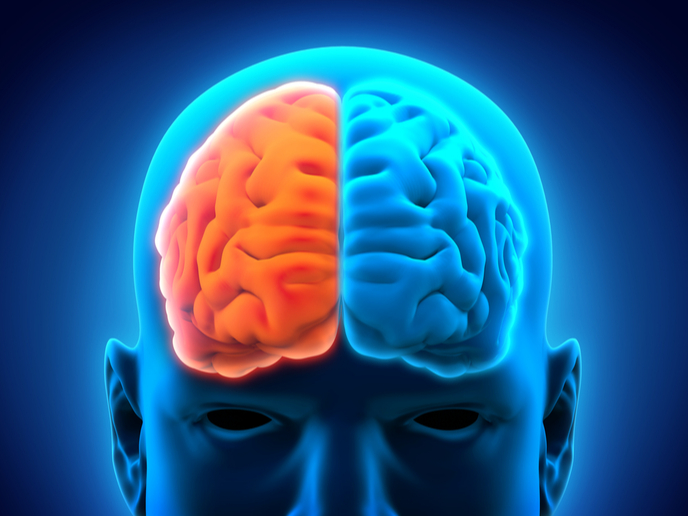How is Alzheimer’s connected to left and right brain shrinking rates?
Is there a link between normal ageing and Alzheimer’s disease? Possibly, according to a new study published in the journal ‘Nature Communications’. The study showed that parts of the brain begin to decline more quickly around the early 30s and that these changes are further accelerated in people with Alzheimer’s. With support from the EU-funded Lifebrain, CONSTRUCTIVEMEM, AgeConsolidate and NeuroCogPlasticity projects, researchers sought to understand brain ageing and Alzheimer’s disease by focusing on the cerebral cortex, the outer layer of the brain. In young people’s brains, the left and right sides of the cerebral cortex, which plays a key role in thought, memory, language and consciousness, don’t have the same thickness, a phenomenon known as cortical asymmetry. Normally, as people age, the cortex becomes thinner, with the left and right sides shrinking at the same rate, scientists thought until now. However, this study shows that the side of the cortex that was thicker at age 20 will most likely deteriorate more quickly. The researchers measured the cortex thickness of healthy individuals from Europe and the United States and from an Australian dementia cohort. “We were able to measure the thickness of every region of the cortex in over 2600 healthy participants from five countries, up to six times in the same person over time,” remarks lead author James Roe of projects’ coordinator University of Oslo in an article posted on the ‘Mirage News’ website. “Many other brain datasets only have one brain scan per person, so they cannot see changes occurring in the same person throughout life. Having follow-up scans of the same people was absolutely key to our study.”
The implications of a thinner cortex
The research team’s findings that cortical asymmetry diminishes with age prove that the left and right sides of the brain deteriorate at different rates. They also found that the left side of the brain shrinks faster with Alzheimer’s than it does with normal ageing. “It’s too early to conclude, but cortical asymmetry could possibly be used as a marker to detect early brain changes in Alzheimer’s Disease, which are thought to occur before cognitive symptoms start to show,” observes Roe in the same article. A decline in asymmetry was consistently found to begin around the early 30s, continue during the person’s adult life and accelerate at around 60 years of age. “The implication is that at least some brain-changes associated with Alzheimer’s disease may play out over extended periods of the lifespan, possibly on the order of decades, and may show high overlap with those occurring gradually in normal aging,” states Roe. The Lifebrain (Healthy minds from 0-100 years: Optimising the use of European brain imaging cohorts) project contributed 3 adult lifespan data sets for studying brain changes in people aged 0 to 100. Another adult lifespan sample comprising 2 577 scans from 1 084 healthy individuals aged 20.0 to 89.4 was analysed with support from the projects CONSTRUCTIVEMEM (Emergence and decline of constructive memory – Life-span changes in a common brain network for imagination and episodic memory), AgeConsolidate (The Missing Link of Episodic Memory Decline in Aging: The Role of Inefficient Systems Consolidation), and NeuroCogPlasticity (Neurocognitive Plasticity – Lifespan Mechanisms of Change). For more information, please see: Lifebrain project website CONSTRUCTIVEMEM project AgeConsolidate project website NeuroCogPlasticity project
Keywords
Lifebrain, CONSTRUCTIVEMEM, AgeConsolidate, NeuroCogPlasticity, brain, Alzheimer’s, cortex, age



